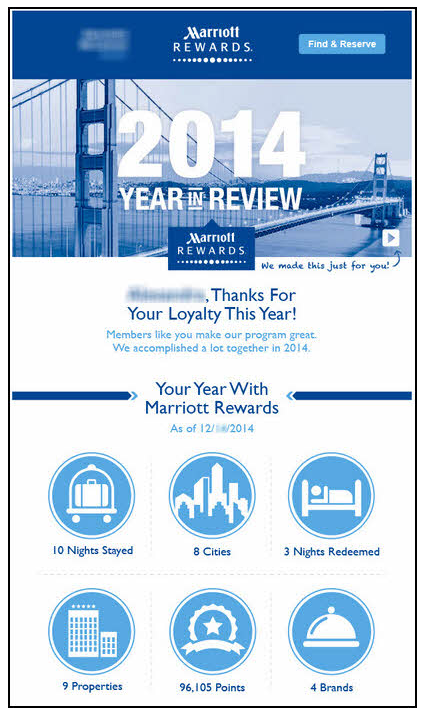 Super Size Me, the legendary documentary directed by Morgan Spurlock, grossed more than $22 million in the box office, an Academy Award nomination and led to a serious shakeup of the fast food industry and consumer lifestyle choices. But, why? People knew regularly consuming fast food was unhealthy long before the film’s release in 2004.
Super Size Me, the legendary documentary directed by Morgan Spurlock, grossed more than $22 million in the box office, an Academy Award nomination and led to a serious shakeup of the fast food industry and consumer lifestyle choices. But, why? People knew regularly consuming fast food was unhealthy long before the film’s release in 2004.
The answer is simple: Spurlock didn’t release a whitepaper full of facts and figures-he told a story. And storytelling, as we now know, is one of the most powerful ways to connect with your audience and share your message.
Earlier this week, we attended the MarketingSherpa Summit in sunny Las Vegas and, while there were many great presentations, the keynote address by Spurlock launched some of the most important conversations of the conference. Today, I’m going to share with you a few of these key points, and why storytelling is critical to success in email.
Why is Storytelling Such a Big Deal?
Marketers have always been storytellers at heart. Think back to some of your favorite commercials-why will you always remember the iconic Campbell’s soup ad where the snowman eats soup and melts into a kid, but not the ad for a car dealership you saw yesterday? Information presented as a story is interesting, emotional and memorable. Facts and stats alone are, well, easily forgettable.
For example, in December 2014, Marriott launched an email campaign that earned it an 86 percent increase in revenue, year over year for December, without a single call-to-action. Instead, the email that was sent to Marriott Rewards members featured a personalized, animated video showing the subscriber the number of nights stayed, cities visited, points earned, points used and more.

Storytelling isn’t a blatant sales pitch like consumers are accustomed to from traditional direct marketing. Instead, it builds loyalty and confidence while simultaneously entertaining your subscribers. It fuels the sorts of lasting relationships that drive revenue.
But how can you enjoy results as successful as a brand like Marriott? Let’s take a look.
How Can You Make Storytelling Successful?
All of the examples of storytelling we heard at the summit-both on the stage and in the booths-had one thing in common: They all used data. Engagement starts with knowing your customer. After all, there’s no point in telling a story to the wrong audience.
Use data to learn about your customers-from basic demographics such as age, location and income, to social behaviors, purchase history and more. Find out what’s most important to your buyer personas, and then tell them stories they’ll find interesting, fun, relatable and, most of all, memorable.
For example, you can share experiences of other customers or the tale of how your brand created the newest offer. Then, share this information in a unique way, such as through a video, infographic or a simple anecdote.
The most important aspect of storytelling in email is that it shares information you want your audience to know, but does so in a way that makes a subscriber feel no pressure. Earn the clicks and conversions by sharing something that makes their day just a little better.
What data do you need to tell your most compelling story? Find out what you’re missing with a free trial of InstantData!
 Affiliate Marketing
Affiliate Marketing Automotive
Automotive eCommerce and Retail
eCommerce and Retail FinTech
FinTech LeadGen
LeadGen Nonprofit and Political
Nonprofit and Political Payments
Payments Technology Platforms
Technology Platforms Tourism and Hospitality
Tourism and Hospitality
 Super Size Me, the legendary documentary directed by Morgan Spurlock, grossed more than $22 million in the box office, an Academy Award nomination and led to a serious shakeup of the fast food industry and consumer lifestyle choices. But, why? People knew regularly consuming fast food was unhealthy long before the film’s release in 2004.
Super Size Me, the legendary documentary directed by Morgan Spurlock, grossed more than $22 million in the box office, an Academy Award nomination and led to a serious shakeup of the fast food industry and consumer lifestyle choices. But, why? People knew regularly consuming fast food was unhealthy long before the film’s release in 2004.
